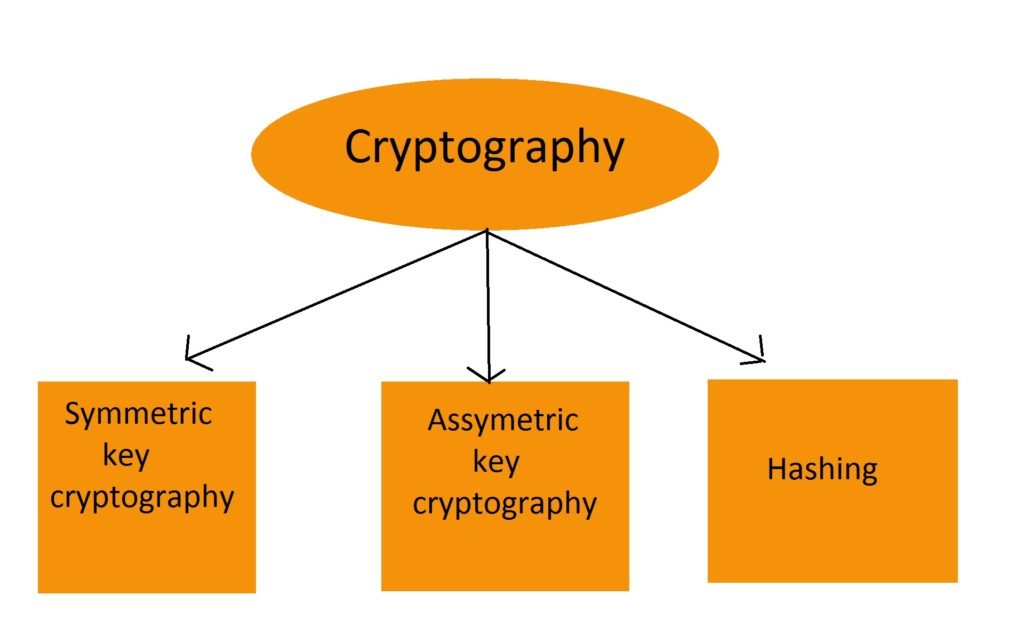In our digital age, cryptography stands as the guardian of our most sensitive information, akin to an intricate lock and key mechanism that protects treasures hidden within a vault. This sophisticated art and science, which marries mathematics with computer science, forms the backbone of secure communication. It enables us to confide our secrets, make financial transactions, and ensure our identities remain intact. This article delves into the myriad layers of cryptography, exploring its types, techniques, and tools while unveiling its captivating allure.
At its core, cryptography is the practice of concealing information to protect it from unauthorized access. Certain fundamental principles underlie this field, such as confidentiality, integrity, authentication, and non-repudiation. Each of these pillars serves to fortify the sanctity of data against various threats in an increasingly interconnected world.
To better appreciate how cryptography functions, one must first consider its historical context. Originating from ancient civilizations, early forms of cryptography were rudimentary yet ingenious. The Spartans utilized a device known as the scytale, while Julius Caesar employed a simple substitution cipher to encode messages. These early experiments laid the groundwork for contemporary cryptographic methods, which have evolved into complex algorithms and protocols that secure our communications today.
Cryptography can be broadly categorized into two primary types: symmetric and asymmetric cryptography. Both serve distinct purposes and are employed in various scenarios, yet they work together to create a robust security architecture.
1. Symmetric Cryptography
In symmetric cryptography, a single secret key is employed for both encryption and decryption. It resembles a two-sided coin—both sides are essential for its function, and without one, the other becomes useless. This method is characterized by its speed and efficiency, making it ideal for scenarios requiring substantial volumes of data to be processed quickly.
However, symmetric cryptography has its limitations. The primary concern lies in key distribution: if the key is intercepted during transmission, a malicious actor could access the protected information. Common algorithms utilized in symmetric cryptography include the Advanced Encryption Standard (AES) and the Data Encryption Standard (DES). Each of these algorithms employs intricate mathematical constructs to generate confusion and diffusion, thereby obfuscating the original data and rendering it unintelligible.
2. Asymmetric Cryptography
Asymmetric cryptography, often referred to as public-key cryptography, introduces a novel paradigm. This technique employs a pair of keys—a public key, which is distributed widely, and a private key, which remains confidential. Imagine a mailbox with a slot for letters: anyone can drop a letter in, but only the owner possesses the key to retrieve it. Such a structure not only enhances security but also simplifies key distribution, as only the public key needs to be shared.
Debuting prominently in the 1970s, asymmetric cryptography employs algorithms such as RSA, Diffie-Hellman, and Elliptic Curve Cryptography (ECC). These methods leverage the computational difficulty of certain mathematical problems, such as factoring large numbers or solving discrete logarithms, rendering unauthorized decryption exceedingly challenging. The beauty of asymmetric cryptography lies in its scalability, making it particularly suited for online transactions and secure email communications.
With these two foundational types established, one must delve into the techniques that underpin cryptographic practice. Various algorithms can be implemented to achieve the overarching goals of confidentiality and authenticity.
Hash Functions
Hash functions are fascinating constructs that take an input of any size and produce a fixed-size string of characters, known as a hash. These hashes are uniquely representative of the input data, similar to fingerprints. By cryptographically hashing sensitive information, one can ensure data integrity; any modification, however minuscule, will result in a completely altered hash value. Algorithms such as SHA-256 and SHA-3 exhibit this property and are instrumental in secure communications, particularly within blockchain technology.
Digital Signatures
Digital signatures play a pivotal role in verifying the authenticity of a message or document. They function as a virtual fingerprint, ensuring that a particular individual authored a piece of information. By utilizing asymmetric cryptography, a user can generate a unique signature that is computationally linked to the content of the message. This signature can then be verified by others, fostering trust and accountability in digital interactions.
As the digital landscape continues to evolve, so too do the tools and frameworks associated with cryptography. Key management systems, cryptographic libraries, and security protocols such as TLS (Transport Layer Security) are crucial components of modern cryptographic practice. These tools act as sentinels, safeguarding our data against an ever-growing array of cyber threats.
Moreover, the advent of quantum computing poses both challenges and opportunities in the field of cryptography. While quantum computers can potentially undermine many of the cryptographic algorithms currently in use, they also pave the way for revolutionary methods, such as quantum key distribution (QKD), which exploits the principles of quantum mechanics to facilitate secure communication.
In conclusion, cryptography is a multifaceted discipline that embodies the intersection of mathematics, technology, and security. With its rich history and complex methodologies, it captivates the imagination while securing our digital identities and transactions. As we traverse this intriguing landscape, we must remain vigilant and adaptive, embracing both advancements and challenges that lie ahead. Cryptography not only shields our secrets but also fortifies the very fabric of our digital society, making it an indispensable cornerstone of contemporary communication.







Leave a Comment